Road Trip to Explore the Cherry Blossoms of Southern Kyoto Prefecture
Time required : 1 day
- Japanese Culture
- Outdoor
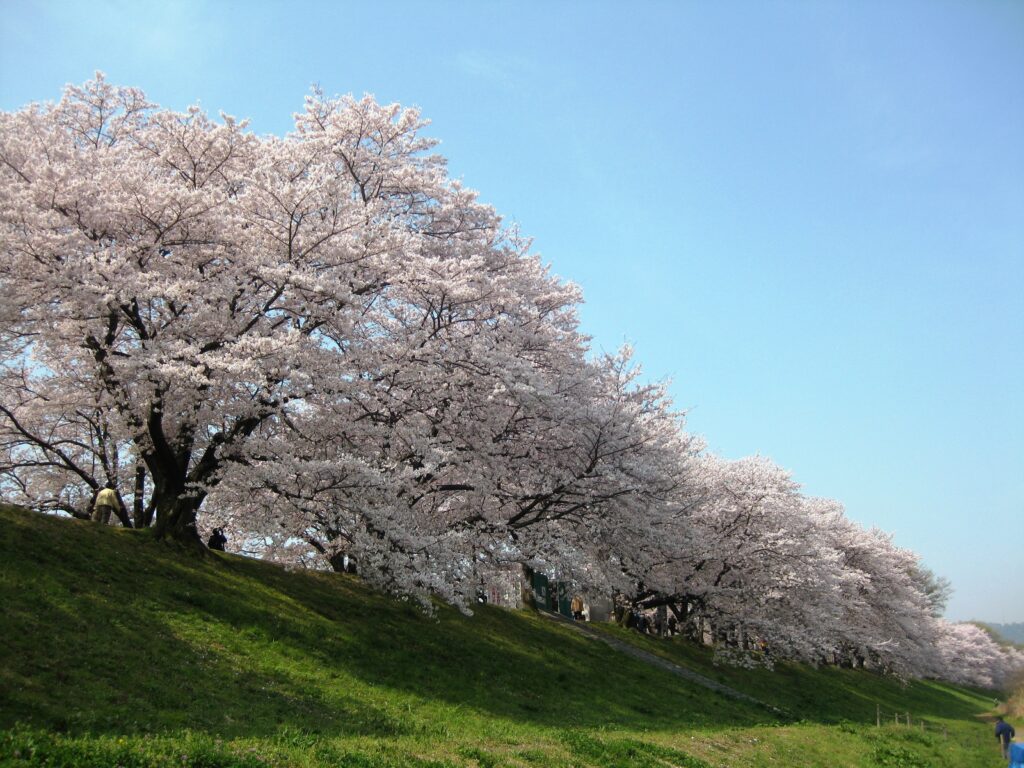
Why not escape the crowds of Kyoto City and explore some hidden cherry blossom spots? This driving route takes you to southern Kyoto Prefecture, where you can enjoy cherry blossoms at places like the Sewaritei bank, Nagaoka Tenmangu, and Muko Shrine. Along the way, you can also indulge in local specialties such as saba-zushi (mackerel sushi) and tasty tantanmen noodles.
JR Kyoto Station
25 min. by car
1The Sewaritei Area in Yodogawa Riverside Park
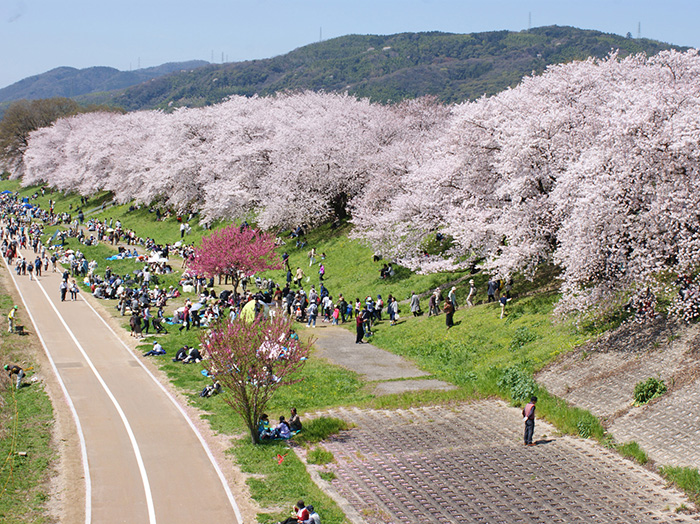
The Sewaritei area is located north of Iwashimizu-hachimangu Station (Keihan Main Line), immediately after crossing Goko-bashi Bridge. The cherry blossom tunnel stretches for approximately 1.4 kilometers in a narrow area sandwiched between the Kizu River and Uji River. These two rivers merge with the Katsura River shortly after their confluence, changing their names to the Yodo River and flowing through Osaka. In spring, the Sewaritei bank offers a breathtaking experience of walking through the tunnel of cherry blossoms. In this season, there is a fun festival in this area, with food, drinks, and more. It’s a very popular hanami (cherry-blossom viewing) spot for people of all ages, from children and young people to the elderly. Additionally, the observation tower of the Sakura-deai Visitor Center offers a spectacular view of the long cherry blossom carpet. It's also enjoyable just to relax in the spacious grassy area.
- Address
- Yawata City, Kyoto
- Access
- About 10 min. on foot from Iwashimizu-hachimangu Station (Keihan Main Line)
10 min. walk
2 Asahiya’s Saba-Zushi (Mackerel Sushi)
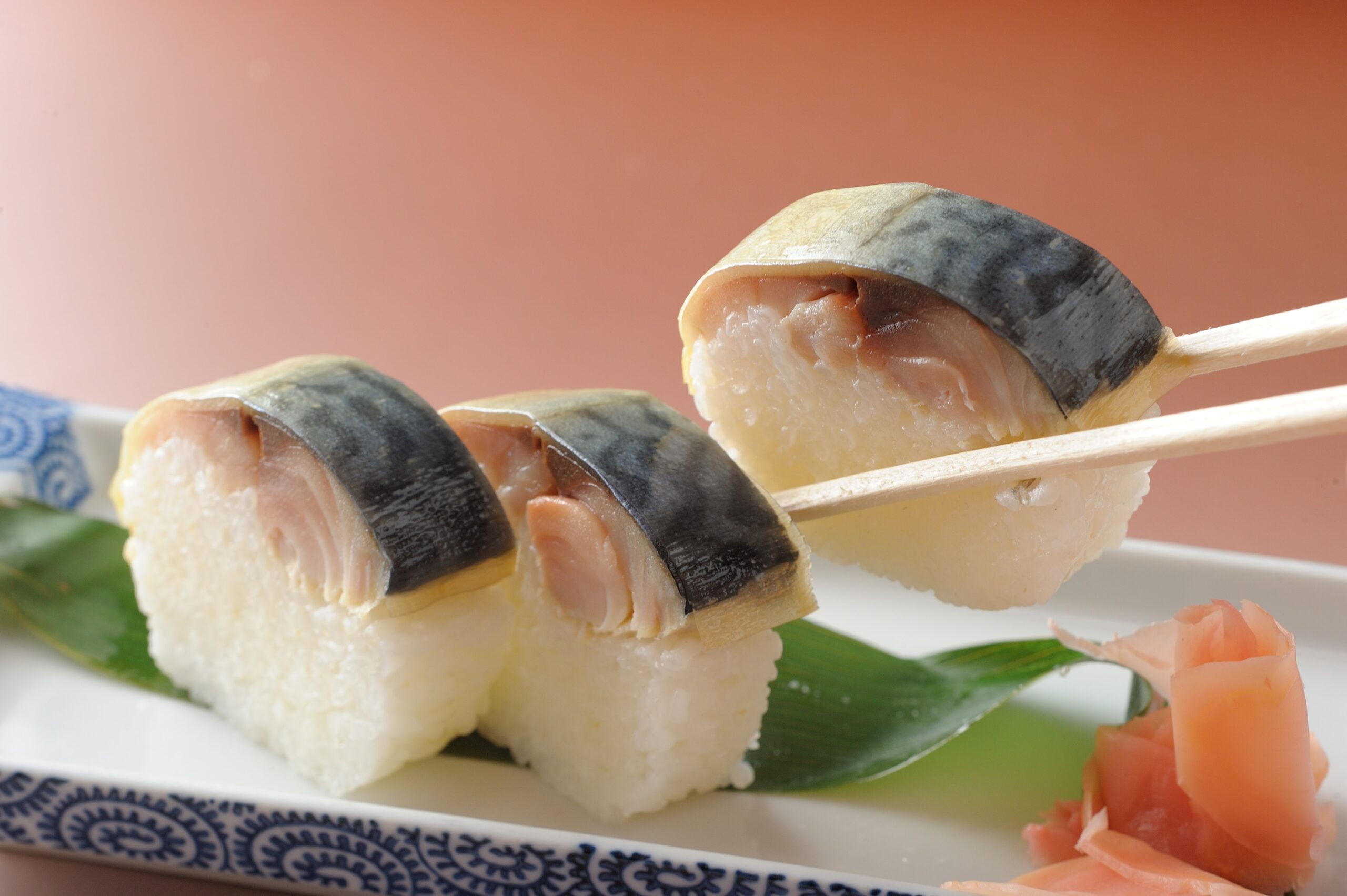
This cozy, friendly Japanese restaurant is renowned for its traditional saba-zushi (mackerel sushi). It is located right in front of Iwashimizu-hachimangu Station. Nestled at the base of the Iwashimizu Hachimangu shrine (it has National Treasures!), it has been loved by many locals and visitors for over 100 years. Asahiya uses premium mackerel from northeastern Japan and delicious rice grown in Yawata to make its signature saba-zushi. Enjoy your meal in the quaint restaurant or take it to go.
- Address
- 11-4 Yawata Takabo, Yawata City, Kyoto
- Access
- Just in front of Iwashimizu-hachimangu Station (Keihan Main Line)
(Proceed from the station exit towards the cable car)
15 minutes by car
3Nagaoka Tenmangu Shrine
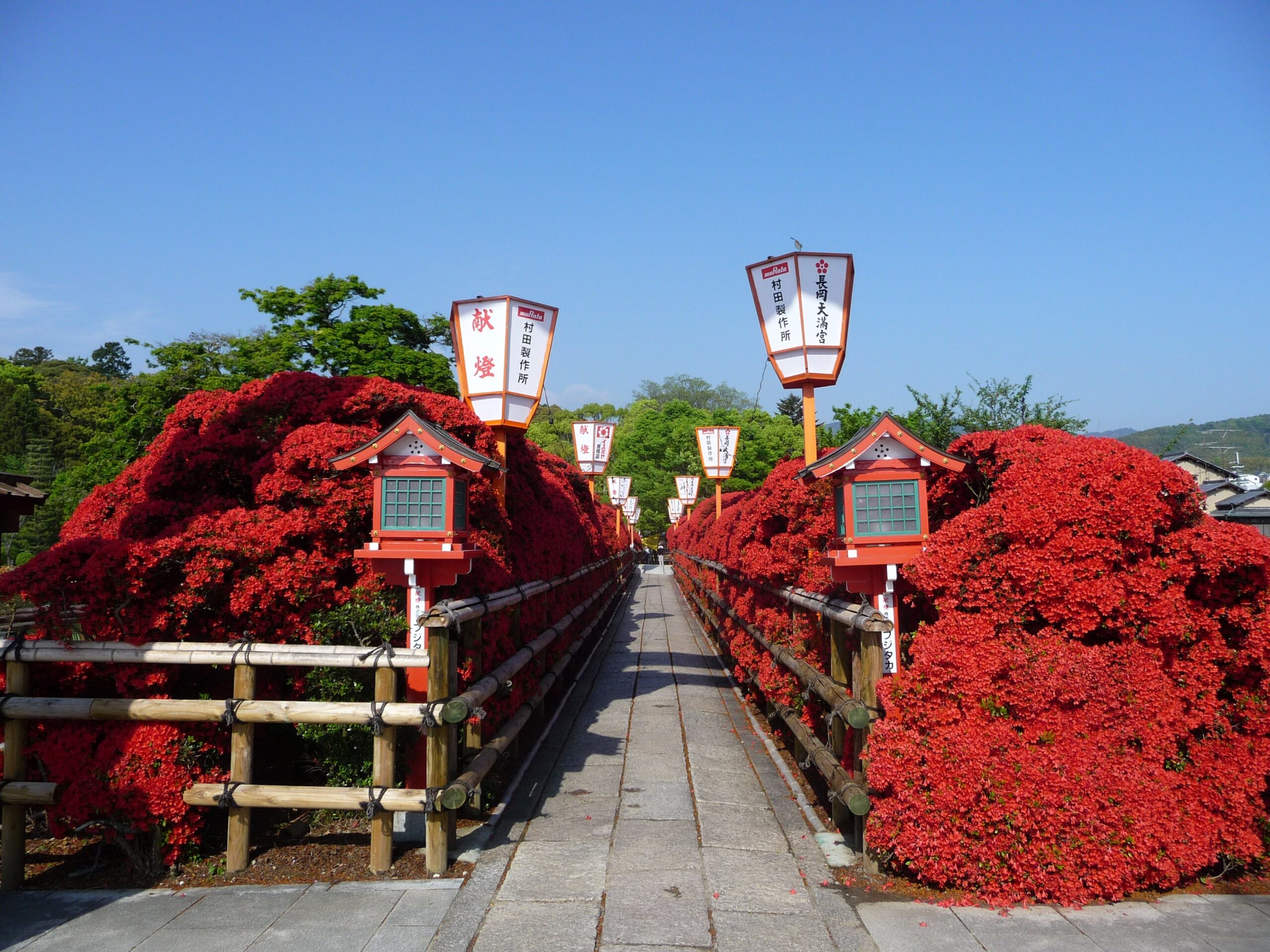
Nagaoka Tenmangu is a shrine in Nagaokakyo City, Kyoto Prefecture, not far from Kyoto City and close to Uji—the region of Kyoto famous for matcha green tea—and the famous Otokuni Bamboo grove. Nagaoka-Tenmangu is also known as "Mikaeri-tenjin" (a shrine that's "hard-to-leave"), and was dedicated to Sugawara-no Michizane, a Japanese scholar, poet, and politician of the Heian era (794–1185). It is said that Michizane was posted to Dazaifu City (the military and administrative centre of Kyushu at the time), on his way to which he visited the location where the shrine currently stands, and was reluctant to leave. The entrance path to the main hall is lined with hedges of approximately 150-year-old Kirishima azalea trees, which bear distinctive dark red flowers which will be in full bloom beginning in late April, when they create an azalea tunnel. The Kirishima azaleas are also designated by Nagaokakyo City as a protected species. At Nagaoka Tenmangu Shrine there is beautiful scenery to be enjoyed all year round, from cherry blossoms in the spring, lotus flowers in the summer, and Autumn foliage light-up events illuminating Nagaoka Tenmangu Shrine's Japanese garden, Kinkei-en. Next to the Hachijoga-ike Pond there is also a restaurant, Kinsuitei, where you can enjoy the beautiful scenery together with cuisine made using freshly picked young bamboo shoots in the springtime, or other traditional Kyoto cuisine during other times of the year
- Address
- 15-13 2-chome Tenjin, Nagaokakyo City, Kyoto Prefecture
- Access
- Train: Approx. 20 minutes walk from the west exit of Nagaokakyo Station on the JR Tokaido Line. Approx. 10 minutes walk from the west exit of Nagaoka Tenjin Station on the Hankyu Kyoto Line.
Car: 5 minutes north of Nagaokakyo exit (Nagaokakyo IC)
10 minutes by car
4Mukojinja Shrine
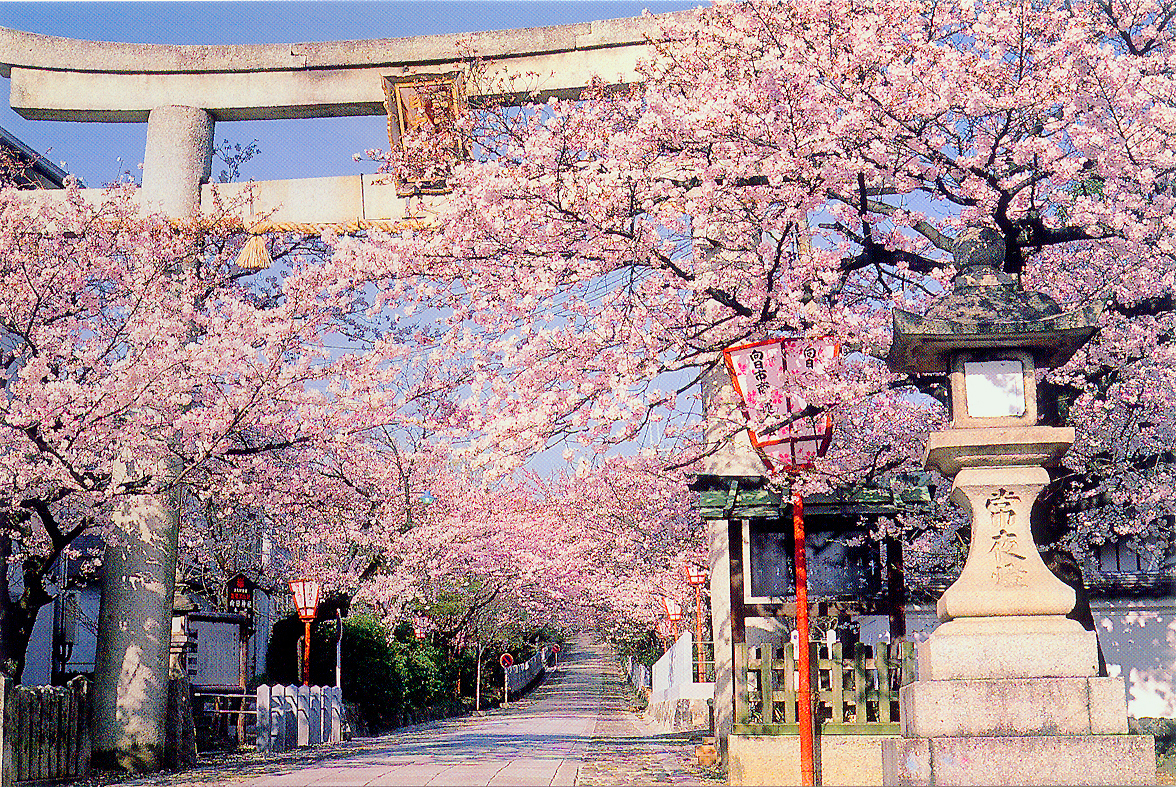
Located in Muko City in the Otokuni Bamboo Grove area of Kyoto Prefecture, Muko shrine is an ancient shrine founded in 718 and is said to be a shrine for good harvest, academic achievement, and traffic safety. Originally, there were two shrines on Muko Mountain、and they were later combined into one shrine and given the name “Muko shrine” that it goes by today. The main shrine, built in 1422 (Oei 29), was built in the “Sangensha Nagare-zukuri” style (three-bay wide structure with a gable roof) and has been designated as a national important cultural property. A gentle cobblestone slope extends from the entrance gate to the main shrine. In spring, cherry blossoms are in full bloom on both sides of the over 200m path and in fall the changing autumn leaves turn the path into a colorful tunnel of red and orange. What’s more, in April every year the "Sakura Festival" is held with events such as flower arrangement exhibitions, koto and drum performances, and bonfires are lit at night to create a different way to experience the cherry blossom from the daytime. In addition, the "Fire Festival" is held in October where Gomagi wood is burned to pray for a disease-free life and happiness.
- Address
- 65 Kitayama, Muko-cho, Muko City, Kyoto Prefecture
- Access
- 10 minute walk from Nishi-muko Station on the Hankyu Kyoto Line
6 minutes by car
5Super Spicy Shopping District Kirin-en
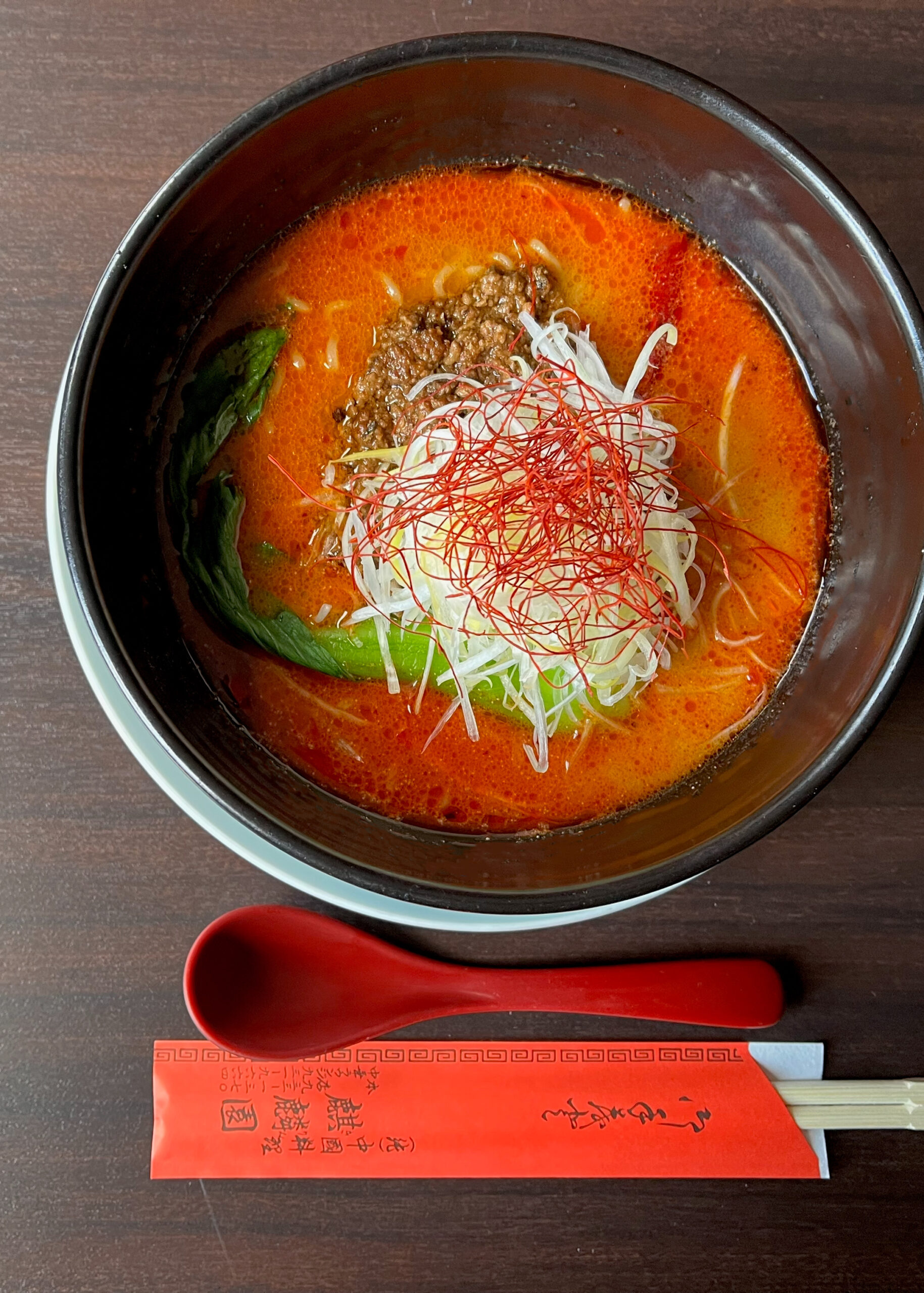
Kirin-en is a Chinese restaurant that's been in business for over 50 years. It serves tan tan ramen noodles, a dish that has the distinction of winning the inaugural “Kara-1 Grand Prix” held by Muko City in 2012, a competition to determine Japan’s best super spicy dish. Kirin-en's noodles have enjoyed unwavering popularity ever since. With the rich, deep flavor of the sesame and niku miso (minced meat fried in miso) amid the searing heat of the spices, it has a superb taste.
- Address
- 5-54 Higashitanakase, Teradocho, Muko City, Kyoto Prefecture
- Access
- 5 minute walk from Hankyu Higashimuko Station or JR Mukomachi Station
20 minutes by car
JR Kyoto Station
